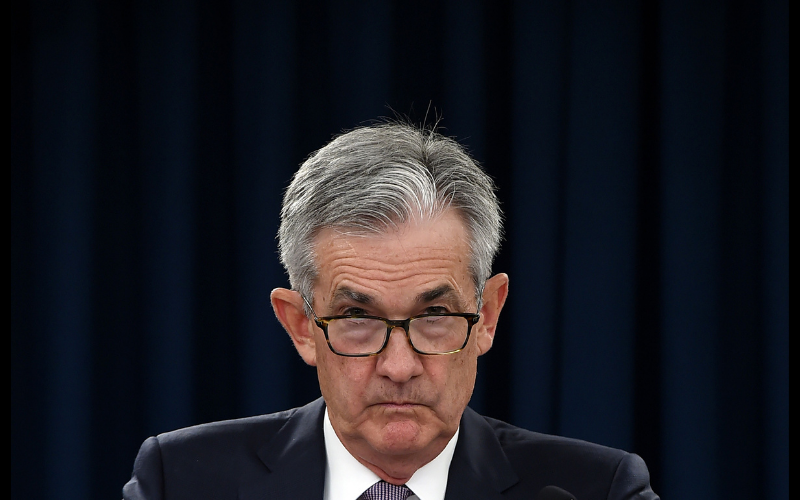Daily FX Market Roundup 10.04.2021
By Kathy Lien, Managing Editor
Investors kicked off this busy trading week with concerns about how central bank policy will shift in a broader recovery. The Dow Jones Industrial Average fell more than 300 points and while these declines are often driven by signs of economic weakness, potential policy changes in response to recoveries can also dampen market sentiment. The rise in Treasury yields and rally in Japanese yen crosses today tell us that risk aversion was not the predominant theme. The Reserve Bank of Australia and the Reserve Bank of New Zealand have monetary policy announcements this week and we are looking for optimism from both central banks.
The RBA is up first with a monetary policy announcement this evening. Coming off what will most likely be a third quarter contraction, they are not expected to make any dramatic changes. However when they last met, they decided to proceed with tapering asset purchases. Since then we’ve seen upside surprises in PMIs, retail sales and building permits. Slowly but surely with vaccination rates on the rise and COVID-19 “Freedom day” in sight, further economic momentum is expected. For all of these reasons we believe the RBA will be more optimistic which could be all the Australian dollar needs to extend its gains.
The RBNZ on the other hand is ready to raise interest rates. Come Wednesday local time, they will be one of the first major central banks to hike rates since the start of the pandemic. Back in August, RBNZ assistant governor Hawkesby said it was hard to raise interest rates on the day the country was locked down but they considered hiking by 50bp. With most restrictions eased, the central bank could move forward with tightening but a smaller 25bp point is expected. As the only major central bank raising rates, NZD should outperform even if a smaller move is anticipated.
Friday’s U.S. and Canadian employment reports will also reinforce the taper plans of both central banks. Federal Reserve Chairman Powell made it clear that they are ready to reduce asset purchases and this month’s jobs report won’t stand in their way. Job growth is expected to accelerate with the unemployment rate most likely falling to 5%. Job growth in Canada is expected to slow slightly but like the U.S., the unemployment rate should fall, keeping the Bank of Canada’s taper plans on track. The Canadian dollar was one of the day’s best performing currency, thanks in large part to oil which jumped more than 2.5% to fresh 3 year highs.
The U.S. dollar traded lower against all of the major currencies despite weaker share prices and higher yields. This counterintuitive price action reinforces our view that risk aversion was not the primary driver of market flows on Monday.





